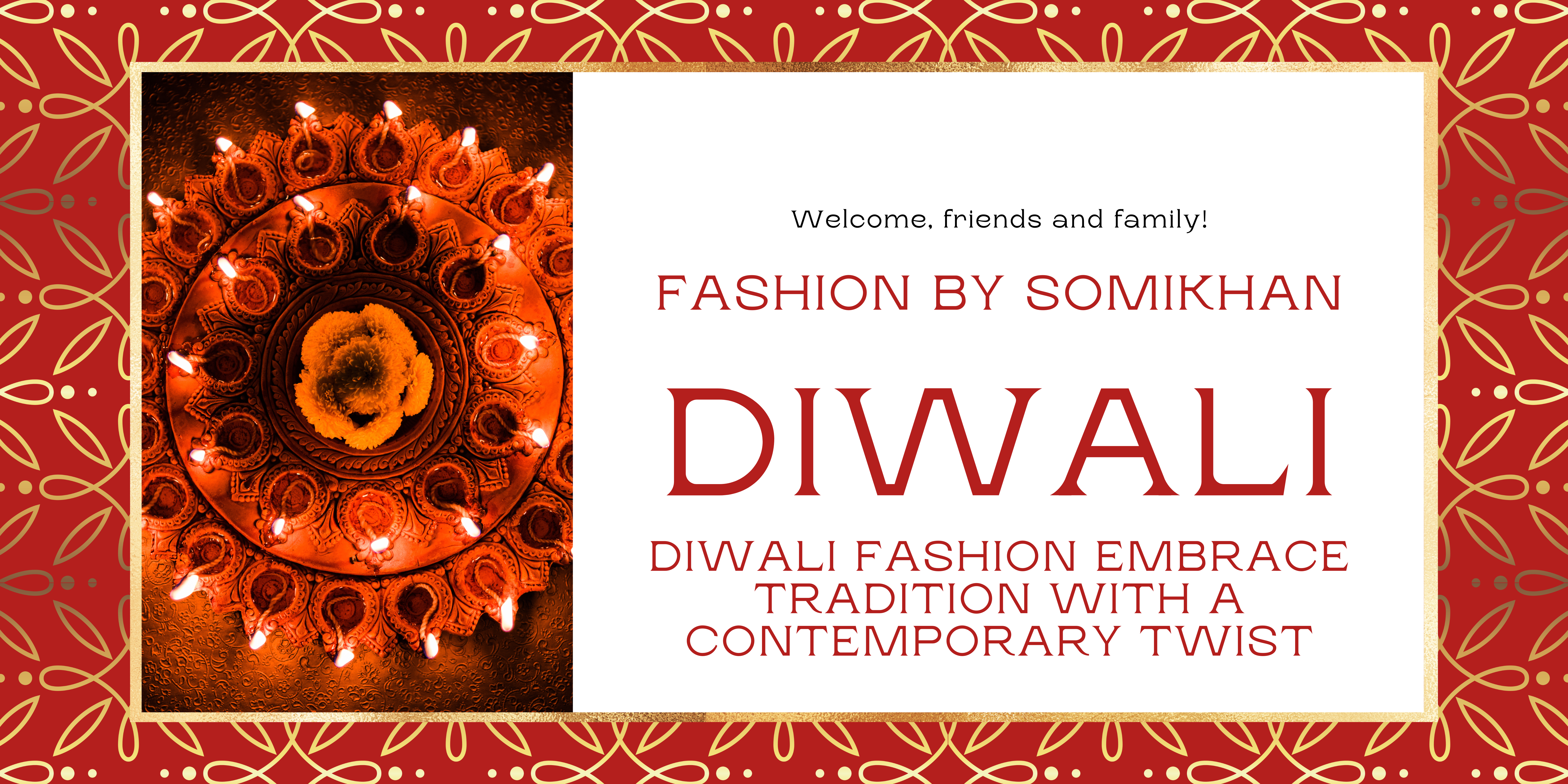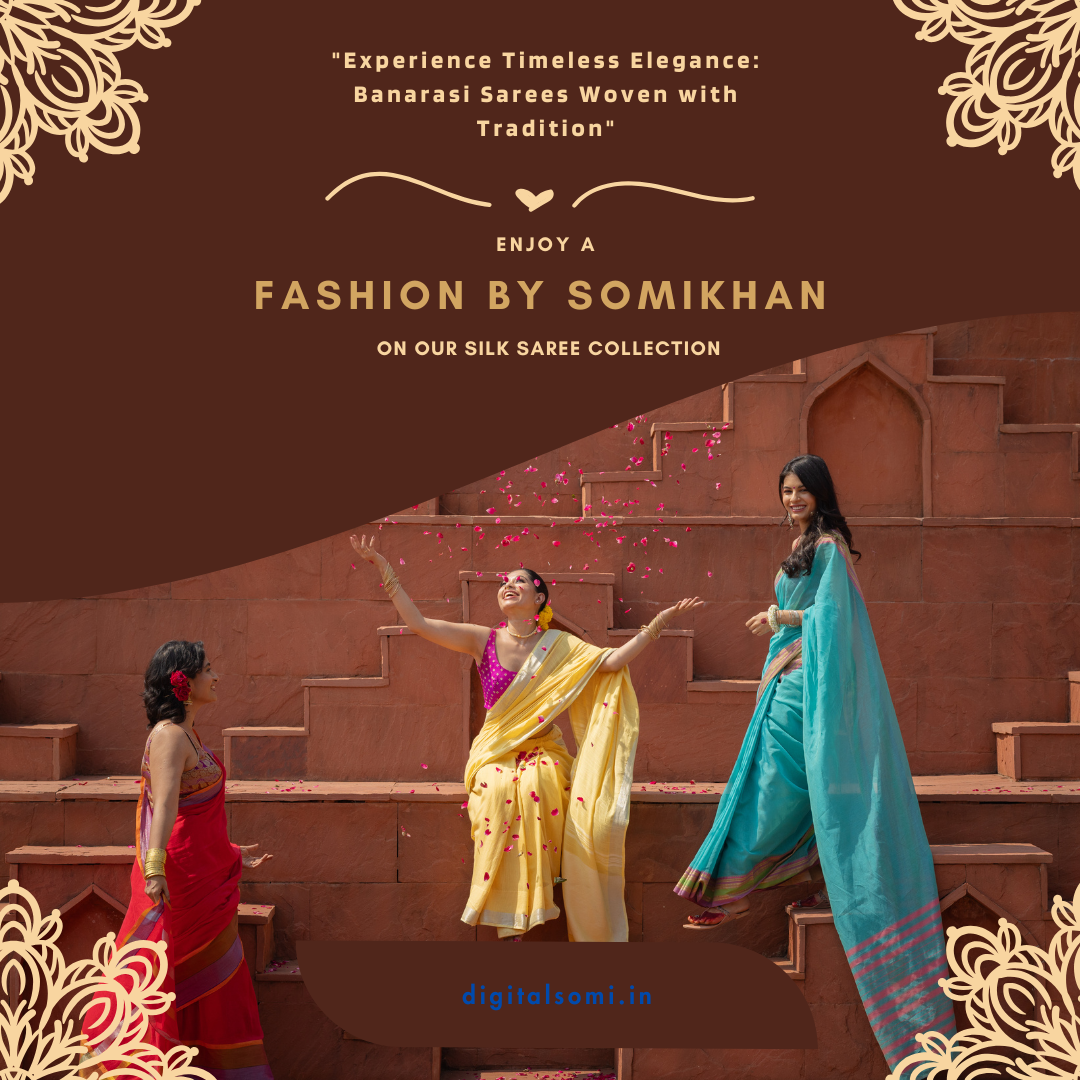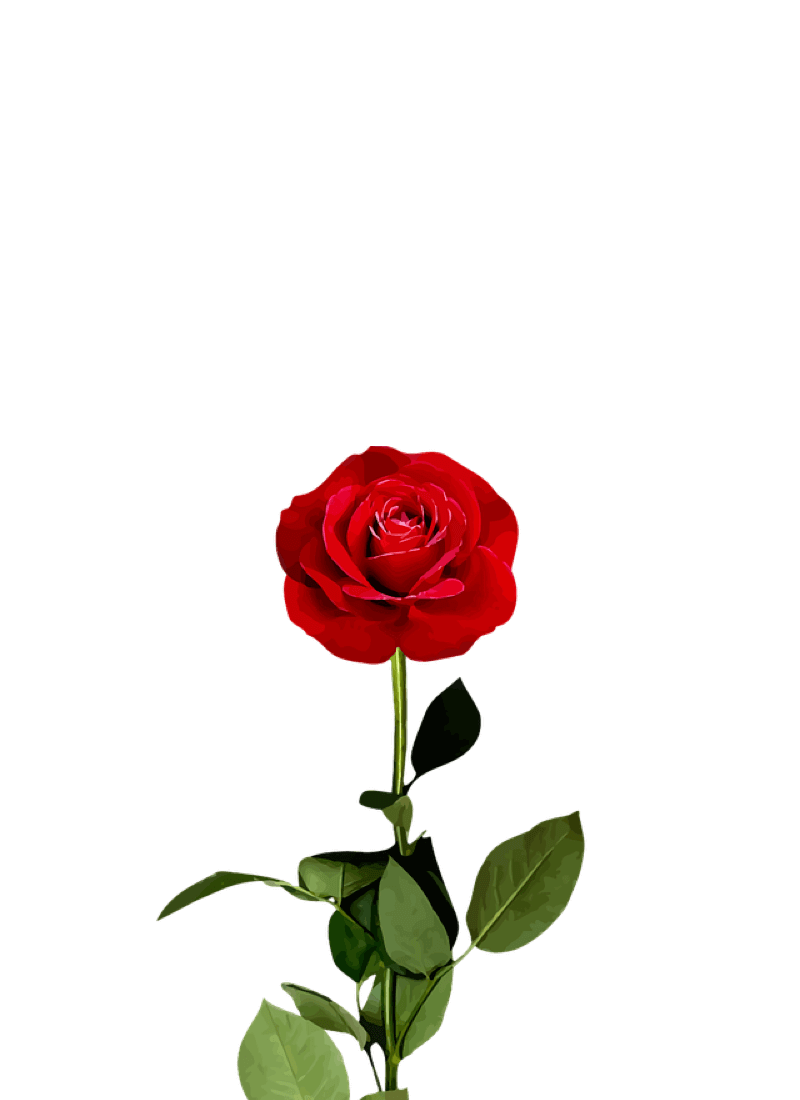Introduction
A Banarasi saree embodies the essence of Indian tradition and luxury, seamlessly blending age-old techniques with an elegance that transcends time. Originating from the historic city of Varanasi, these sarees are renowned for their intricate designs, opulent textures, and handcrafted artistry. Once reserved for royalty, Banarasi sarees are now a wardrobe staple for weddings, festive celebrations, and grand occasions, cherished by the modern woman who values both beauty and heritage. Join us as we explore the enduring charm of Banarasi sarees and their relevance in contemporary fashion.


The Origins: A Glimpse into History
The story of the Banarasi saree dates back to the Mughal era when Persian influences began to shape the artistry of Indian textiles. Artisans in Varanasi incorporated these influences, merging them with Hindu mythology and Indian motifs to create sarees that tell a story of cultural exchange and artistic dedication. Historically woven with real gold and silver threads, Banarasi sarees were symbols of royalty and grandeur. Over the centuries, the saree has remained a masterpiece, known for its rich history and luxurious feel that attracts admirers worldwide.
Types of Banarasi Sarees: An Art in Every Weave
Banarasi sarees come in various styles, each with distinct patterns, materials, and techniques. Here are some popular types:
Jamdani (Figured Muslin): Known for its delicate floral and geometric patterns, Jamdani Banarasi sarees are lightweight and airy, ideal for warmer climates. This type is known for its detailed motifs woven into the fabric, creating a soft, ethereal look.
Jangla: Featuring elaborate, vibrant patterns of scrolling vines, Jangla sarees are known for their bold, lively designs that cover the entire saree. They reflect the lush beauty of nature and the vibrant spirit of Varanasi.
Tanchoi: These sarees stand out for their intricate, paisley motifs and lack of zari work. Often featuring dual-color threads, Tanchoi Banarasis are known for their sophisticated look, perfect for those who prefer understated elegance.
Cutwork: A more affordable option, cutwork Banarasis uses zari embroidery on a plain fabric base, creating a raised, embossed effect. This style is popular for its contemporary look and is well-suited for various occasions.
Shikargarh: Also known as the “hunting scene” saree, Shikargarh Banarasi sarees feature elaborate scenes of hunting, animals, and nature—reflecting traditional Indian storytelling and craftsmanship.
Why Banarasi Sarees Are a Modern Favorite
Despite their traditional roots, Banarasi sarees have evolved to fit the tastes and lifestyles of the modern woman. Designers today reinterpret classic Banarasi motifs with contemporary colors, minimalist patterns, and new fabric blends, making these sarees versatile for various occasions. Influencers and fashion icons around the globe are embracing Banarasi sarees, incorporating them into traditional and fusion wear. The resurgence of the saree in global fashion speaks to its timelessness, as more women see it not only as a piece of heritage but also as a statement of elegance and confidence. click here
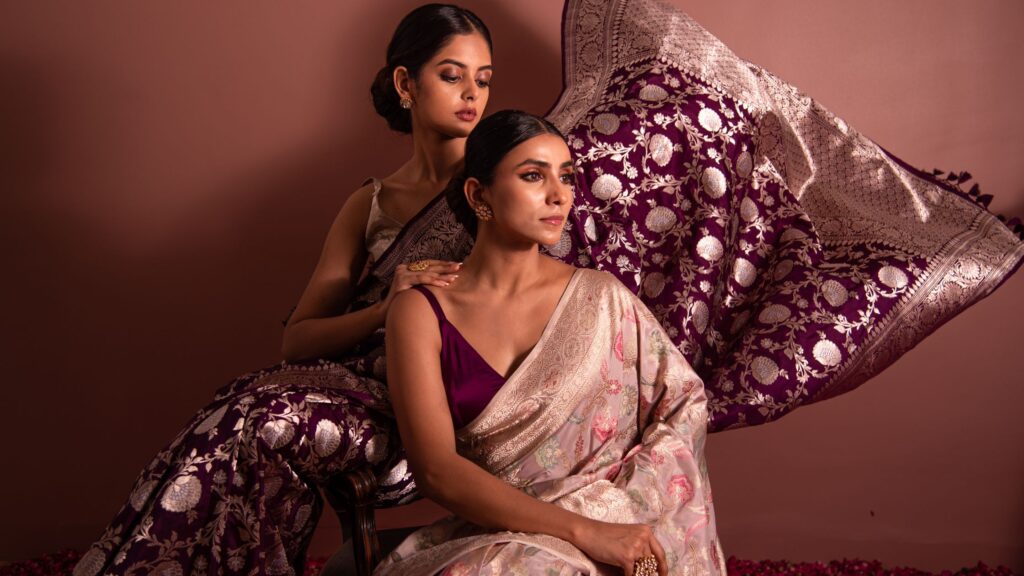
Styling Your Banarasi Saree for Any Occasion
The beauty of a Banarasi saree lies in its versatility. Here are a few tips to style your saree, from traditional occasions to modern celebrations:
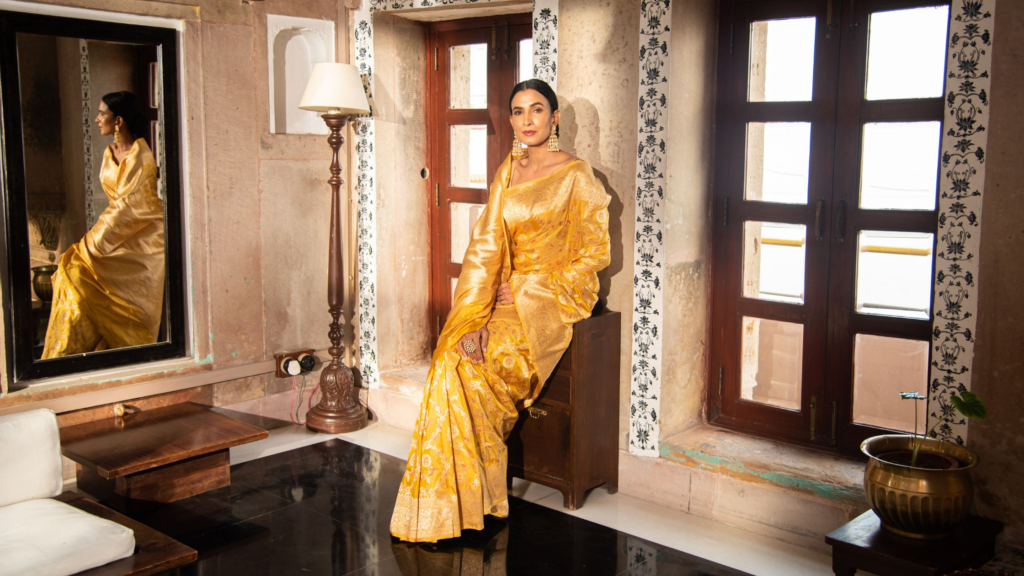
Jewelry: Banarasi sarees pair beautifully with traditional gold jewelry. Try pairing it with gemstone jewelry, pearls, or minimalistic pieces that balance the saree’s richness for a more modern look.
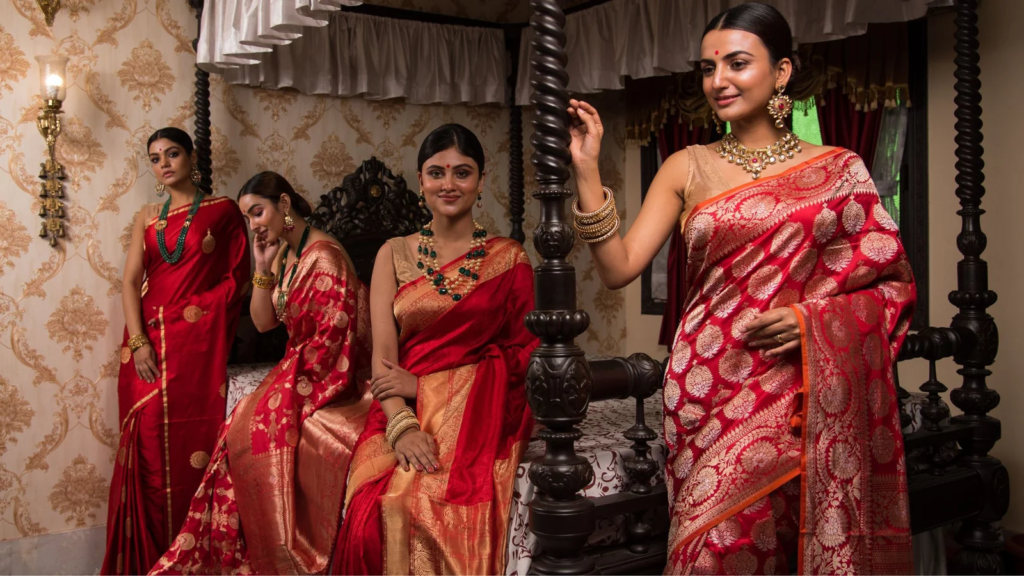
Blouse Options: While classic, high-neck blouses work well, don’t shy away from experimenting with blouse styles. Off-shoulder, deep V-necks, and even modern cuts can add a contemporary edge to your saree look.


Accessories: A sleek clutch or potli bag, paired with statement bangles or a classic wristwatch, completes the look.

Caring for Your Banarasi Saree
To preserve the beauty of your Banarasi saree, handle it with care. Here are a few maintenance tips:
- Storage: Store your saree in a cool, dry place and wrap it in muslin or cotton cloth. This allows the fabric to breathe and prevents any tarnish on the zari work.
- Avoid Moisture and Sunlight: Keep your saree away from direct sunlight to avoid fading, and make sure it’s stored in a low-humidity area.
- Regular Refolding: Refold your saree every few months to avoid permanent creases, especially for heavier designs.

Conclusion
The Banarasi saree is more than just a garment; it’s a legacy woven in silk and zari, representing India’s rich cultural heritage and the artisans’ unmatched skill. Today, it’s celebrated for its versatility, allowing modern women to embrace tradition without compromising on style. Whether you’re dressing for a wedding, or a festive occasion, or simply wish to add a timeless piece to your collection, a Banarasi saree is a testament to elegance, artistry, and cultural pride. Wearing one is a celebration of beauty, craftsmanship, and enduring charm. click here

